Catalonia is full of rivers, both short and long. In Barcelona, water surrounds the city on all sides, but the rivers here are especially beautiful, winding through the valleys and towns before reaching the Mediterranean. But it doesn’t end there. In addition to beautiful landscapes for locals and visitors to enjoy, Spain has an eco-friendly record that involves keeping its rivers as pristine as possible.
Related article: Catalonia’s Most Emblematic Mountains
Table of Contents
Llobregat
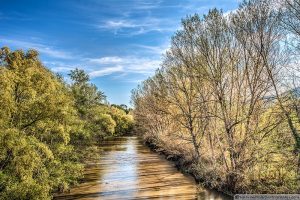


Photo by Marc G.C. via Visualhunt
Llobregat comes from the Latin word meaning “dark” or “muddy.” From the Serra del Cadí, the Llobregat River is the second longest river in Catalonia at 110 miles, dumping its water into the delta near El Prat de Llobregat near Barcelona-El Prat Airport. Its massive stream through the city, however, made it susceptible to pollution, and the river was among Spain’s worst polluted in the 70s and 80s. However, this was rectified with an ongoing project to clean up the waters and keep them clean.
The river is managed along the lowlands in order to reduce the chance of floods in Barcelona from heavy rainfall. Instead of just being let go at sea, water is also pumped upstream to improve the natural flow, recharging the delta wetlands and stopping any seawater incursion. The most popular place to see the Llobregat is the Devil’s Bridge, a medieval pedestrian bridge made of stone.
Tordera
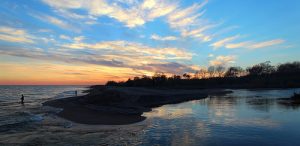


Photo by Albert T M via Visualhunt
This river is technically outside of Barcelona, but worth a visit for its natural beauty and historical recognition. The Tordera River, named after the town it cuts through, is 34 miles long from the Montseny massif to the sea. Ecologically, the lagoon around the delta towards the coast is an important place for migratory birds. Historically, it was the sight of one of the last battles in the Spanish Civil War. In January 1939, as Barcelona was threatened by Nationalist forces, the last defensive line of Republican forces held up along the Tordera river. They were overwhelmed by the much stronger Nationalist force, who captured the area and all of Barcelona by the end of that month, leading to the end of the Civil War in April that year.
River Besòs
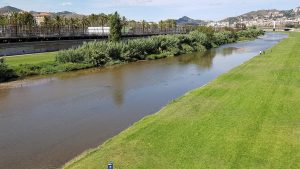


Photo by Ferran Porta via Visualhunt
The much smaller River Besòs, at only 11 miles, starts in the north-east region of Barcelona, passing through the industrialized part of the city. In the 70s and 80s, as the city modernized, the river, unfortunately, became very polluted, just like the Llobregat. More recently, the country made strides to be environmentally conscious and cleaned up the river, and Parc Fluvial del Besòs opened in 2004, promoting open recreation along the river. The River Besòs will flow based on the amount of rain the area receives year round and portable dams are installed in the event of a flood threat.
Related article: Popular beaches in Barcelona
Barcelona’s surrounding rivers are easy to find and have been greatly improved in recent years as part of the country’s program to keep rivers clean and add recreation along their banks. Starting from the mountains and running down towards the Mediterranean, each of these rivers passes near a notable piece of history near Barcelona.
Looking for an apartment in the city? ShBarcelona can help you find the perfect one.









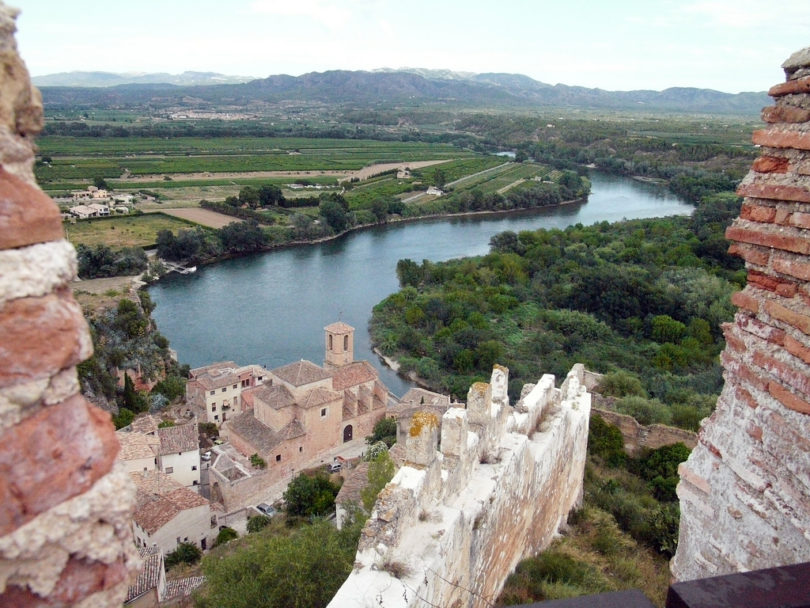
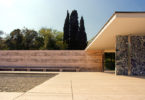
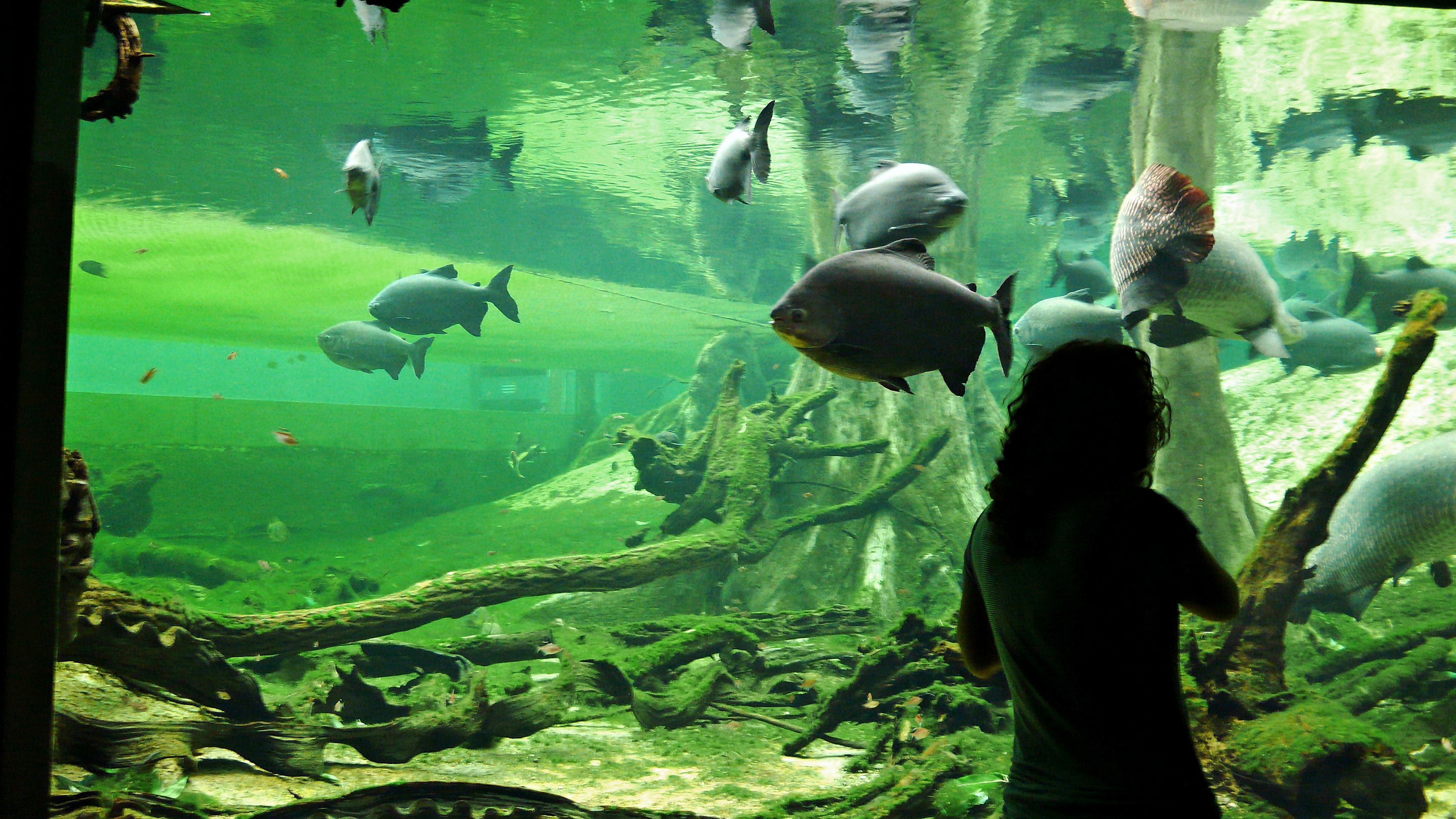

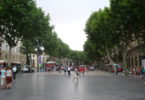

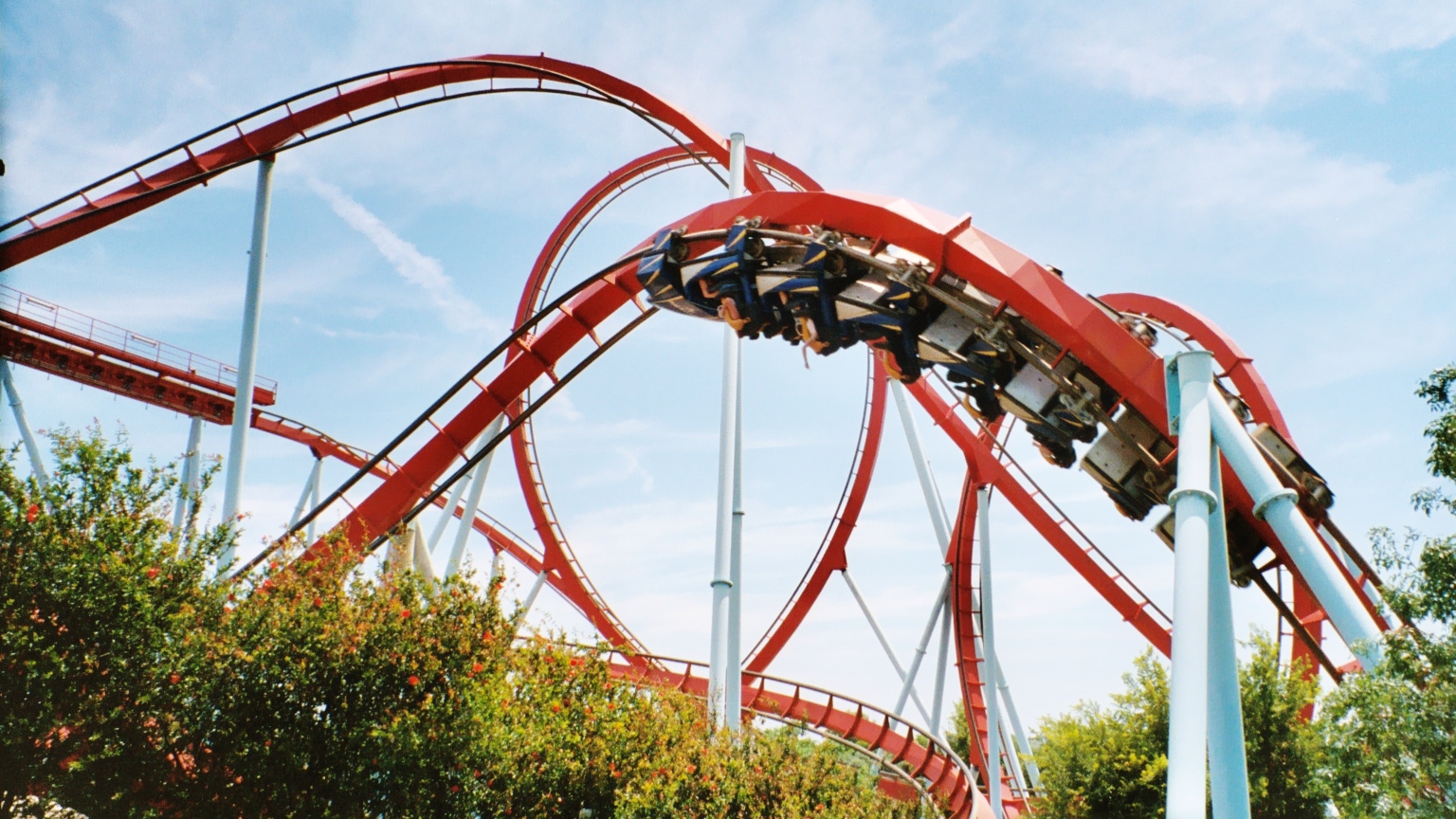


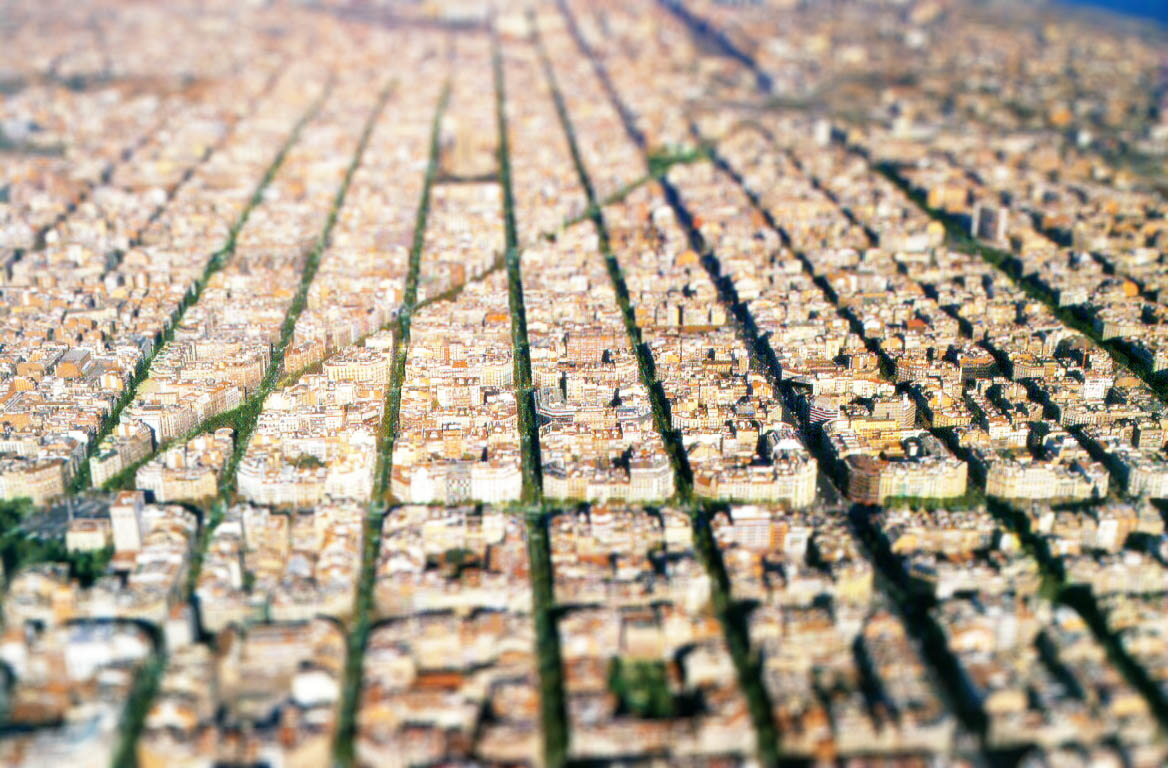
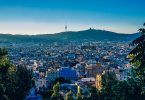

Leave a Comment